
It is now Thanksgiving weekend and I have had some time to reflect on the Wasatch 100 race and the rest of my summer and fall. Looking back on the last year of training, running, adventures and travel, I am thankful for the health, fitness, and support from family and friends – most of all my amazing wife Amy – which enabled me to train for and run this very difficult race. I have a lot to be thankful for, and experiences like these rank really high on the list for me.
The Wasatch was a pretty intense experience, but I haven’t felt inspired to write about it until now, partly due to a busy fall full of traveling and other adventures, capped off by racing The North Face Endurance Challenge SF 50 miler a week ago.
Back in early September, I flew from Oakland to Salt Lake City and stayed with my good friend Chris Johnson, who very kindly offered to crew me as well as put me up in his place for a few days. The day after the race was his first wedding anniversary, and he and his wife Kat had plans to go up to Snowbird for the weekend, but since the race started on Friday morning he was able to crew me on Friday and still spend the weekend with Kat. Score one for the Mormons – having the forethought to schedule the race on a Friday so they can run all night and into Saturday afternoon, and still make it to church on Sunday!
The Wasatch Front 100 is a point to point race, with about 24,000 feet of elevation gain and only 3 crew accessible locations – Big Mountain (mile 32.3), Lamb’s Canyon (mile 45.7), and Brighton (mile 67.1). It is one of the harder 100’s in the US and is a qualifier for Hardrock. The official race Motto is “100 Miles of Heaven and Hell”.
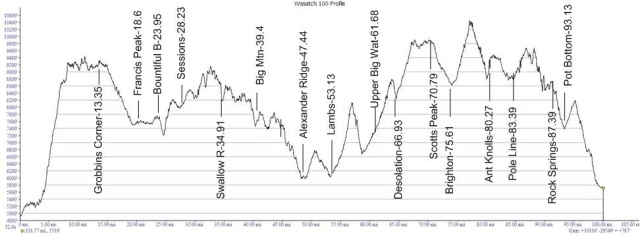
Chris agreed to meet and crew me at the first two, and I found a local guy to pace me (Thanks Joe Jewkes!) for the last 33 miles starting at Brighton, where I was likely to arrive after dark. This was both my first official 100 mile race, and the first time I had the luxury of a crew or pacer! I was more worried about getting lost during the night section than anything else, so having a pacer with some knowledge of the course definitely helped put my mind at ease. I had never met him in person but I spoke to him on the phone the day before the race and he assured me he would be waiting at Brighton ready to go.
Me and Chris Johnson after climbing Half Dome, 2013 / Joe Jewkes after running all night, 2017
So I packed my drop bags, dropped them off at the pre-race meeting, and went to bed as early as possible – around 6pm I think. I got up at 2am, and Chris dropped me off at the bus which took us all to the start – in the East Mountain Wilderness park, near Kaysville, well north of Salt Lake City. From there we would run 100 miles through the rugged Wasatch range, ending up at Soldier Hollow, well south of the city. Or at least we would try – only about 2/3 of those who start actually finish.
For some reason it seems like there are never enough bathrooms or enough time to use them before the start of a big race, and this time was no different. I warmed up in line for the restroom and barely made it to the start line before the gun went off. The race started fast, with about three miles of pavement and easy dirt roads before the first monster climb up Bair Canyon – 4000 feet of narrow single-track climbing in about 4 miles. My strategy was to stay relatively close to the front in this first section, so I didn’t get stuck behind a conga line that could move only as fast as the slowest person at the front.
Unfortunately, somewhere around mile 2, I was following someone in the dark, cruising along a smooth dirt road, and we blew right by a sharp turn down a small, poorly marked trail to the right. Two other guys followed us and we went about 1/4 mile before realizing we were off track. By the time we backtracked to the turn we missed, we were solidly in the middle of the pack, and my heart sank with the realization that the dreaded conga line was now an inevitable part of my future.
Sure enough, the trail soon narrowed and steepened, and began its relentless ascent up Bair Canyon. The pace slowed to a crawl, and the line of mid-packers stretched in front of me as far as I could see – each seemingly content to go at the glacial pace of the one in front of him or her. There was no easy way to pass, the terrain was steep and choked with bushes, trees, and rocks. It looked like there were at least 100 people lined up in front of me, chest to back, hiking slowly, and stopping repeatedly to avoid bumping into the person in front who had stopped to avoid bumping into the person in front of them, etc. It was hard to believe we were in a race, as no one seemed to be in the slightest hurry.
After 30 minutes or an hour of this I was becoming increasingly exasperated, wondering if this was the “Hell” part and how long I would be stuck here. Finally the trail widened just enough that I was able to pass a few people, and then a few more. Hallelujah! I heard one guy say “where are you going to go?” or something to that effect as I passed him. I muttered something and kept passing people. Soon I reached the front of the line, headed by one super-slow guy leading the meandering caterpillar of hikers plodding along mindlessly behind him. I could only wonder how many of them would be chasing cutoffs later in the day and wishing they had not taken this first climb so casually.

Freed from the chains of the conga line, I attacked the remainder of the climb with my usual vigor, passing a few people here and there, trying to make up for lost time. I was now above treeline and the terrain opened up, and passing was much easier. It was mostly too steep to run, but I hiked it with purpose, legs and poles pumping in a familiar rhythm, as a beautiful dawn broke over the Wasatch. By the time I reached the top, I had put away the headlamp and it was starting to warm up. It was so nice to feel the sun on my face and stretch the legs out on the 3 mile smooth dirt road descent that followed. Heaven!
As I coasted down at a 7-8 min/mile pace, I started to notice some cramping in my hamstrings, which was disconcerting at this early stage. I stopped and loosened my shoelaces a bit – maybe I had tied them too tight and the laces were restricting blood-flow. It did seem to resolve after this. I tried not to go too fast on the downhills to save my quads, but I always have a hard time running slowly downhill, and as usual I was passing people like they were standing still.
While the course seemed to be rather poorly marked (ie not marked at all) at a few key intersections, I managed to avoid any further navigational errors, mainly by working with other runners who seemed to know the course pretty well. Later on I was passed by a really fast guy who had done an extra 5 or 10 miles because of a wrong turn.
The next few miles are a blur at this point, but at around 9:30 am I reached the first real aid station, at mile 17. I was feeling pretty good and was in and out in 2 minutes. I cruised into Sessions at around 10:24am, still feeling pretty good.

The next few aid stations passed similarly, in and out in 2-3 minutes, I was slowly working my way up through the field, pacing well, staying hydrated and eating consistently. As the day warmed up I began having some mild cramps again, so I focused a bit more on hydration and slowed down to keep them in check.
Shortly after 1pm, I cruised down the long descent to the first crew point at Big Mountain aid station (Mile 32.3), where Chris was waiting for me. He had everything ready to go – a chair, ice, cold drinks, food, a dry shirt, and boundless energy and positivity. He was super excited and told me I was doing great, and looked better than a lot of the runners he had seen arrive before me. He was probably lying, but it worked.

Eight minutes later I was back on the course with a hat full of ice and a popsicle in my hand, revitalized and excited that I was now 1/3 done and still feeling pretty good.
The day got hotter, the ice melted, and I pressed on, still passing people and occasionally being passed by a faster runner or two. A couple guys ran by with loudspeakers blasting “Eye of the Tiger”, and one of them yelled out “Hop on the 80’s Train!” but my legs weren’t feeling it. Time seemed to slow down a bit, and I did too. At Alexander Ridge they had a Swan Lake theme, and a kiddie pool with ice. I probably should have taken a dip, but I didn’t want to lose what little momentum I had, so I kept going.
At 4:35 pm I finally pulled into Lamb’s Canyon Aid station (mile 45.1), where Chris was waiting and cheering me on with his boundless enthusiasm.

Again he told me I looked great compared to the walking wounded he had been seeing. My legs were starting to stiffen up and I had to use the porta-potty, but I was still in and out in 14 minutes with a dry shirt, rain jacket, headlamp, and Chris yelling that I better get out there and WIN!!!!! Winning was of course out of the question, but his enthusiasm was contagious and it was great to see his friendly face after running solo for so many miles.

Thankfully it was starting to cool down – as I left the aid station the sky had clouded over and it started to sprinkle. I ran under the highway and began hiking up a long road with a few other folks, some of whom now had pacers. My legs were too tired to run all but the slightest uphills, and we were all saving energy for the long night ahead. But I was happy to be keeping up with Jennilyn Eaton, decked out head to toe in her La Sportiva gear, in 3rd or 4th place in the women’s race (she ended up finishing 3rd, about 40 minutes ahead of me). I figure it is a good sign when I’m keeping pace with sponsored women who are chasing the podium.
Heading up the trail from Upper Big Water I fell in with a guy who was doing his 16th Wasatch and looking really strong (I can’t remember his name unfortunately but he was a super nice guy). I hiked/ran with him for a while, and we chatted about family, other races etc. He eventually ran ahead while I kept to my more conservative pace, not wanting to blow myself up on the uphills. I didn’t see him again till the finish line – it turned out his stomach shut down and he took a nap for a few hours and still finished in 30-32 hours! [if anyone knows his name let me know.]
At almost exactly 6pm, after 13 hours of running, I was cruising down a nice long single-track section and my watch ticked the 50 mile mark as I passed the 2nd or 3rd place woman. This was a bittersweet moment as I realized that there was no way I would finish in under 24 hours, but might have a shot at 28, and definitely should be able to earn the under-30-hour buckle, as long as nothing went seriously wrong.
Sometime after Upper Big Water aid station it got dark, and my stomach started to get uncomfortable. I think I had been eating too much, as I was consuming a lot of Roctane sports drink on top of the usual gels, shot blocks and aid station food, but had forgotten to account for the calories in the drink in my planned 250-300 cal/hour intake. I ended up having a fairly upset stomach for a sizeable portion of the night section. I stopped to use a restroom a couple more times, which helped, and switched from gels to mostly soup and broth with some potatoes etc to try to soothe my stomach.
It was after 11pm by the time I reached Brighton, where my pacer Joe and his uncle Tom (whose runner had already dropped) were waiting for me.

A very kind volunteer insisted on cleaning my filthy feet, and bandaged up an abrasion that had formed on my ankle from my shoe rubbing due to all the off-camber trails. Opening my drop bag I found that I had somehow forgotten to pack clean socks. I did the best I could to beat the dust out of my Injinji’s, put them back on, laced up my shoes and headed out into the long night with a half eaten PB&J and a brighter headlamp.
Joe’s company and navigational skills were a life-saver at this point, as I was pretty beat up both mentally and physically, it was pitch black and the course markings were pretty sparse. He had done this part of the course before and had the GPS track loaded on his phone, and he did a great job of navigating in the dark – so all I had to do was follow him and try to keep up.
Getting to know Joe as we hiked up the ski hill towards Catherine’s Pass (at 10,400 feet, the high point of the course) I was blown away to learn that he was only 19 years old, and I think he was a bit taken aback when I told him I was nearly 45. At some point I told him I would definitely buy him a beer, except that he was 19 and Mormon so that might not be a good idea. Eventually we reached the pass where you are supposed to kiss the sign; it was pitch black and we didn’t kiss it or take a picture but Wanderly Reis did so here it is:

Heading down the other side of the pass things got a bit rough. My vision was blurry, my balance was a little off, I was bone tired, taking caffeine pills (leftover from some other adventure) every couple hours to stay awake, but they were expired and didn’t seem to have the potency I was hoping for. I wasn’t really able to run much at this point – I couldn’t see very well between the blurry vision and the dust, and the trails were really rocky, so slowing down to a power-hike was the only way I could avoid falling on my face. The toughest downhills on the course are in this section. The Glide didn’t seem so bad but the Plunge was just stupidly steep, rutted, and full of deep, loose, fine dusty sand. It was nearly impossible to stay upright, let alone run, and trying to keep the sand out of our shoes (and mouths and noses) was futile.
Thankfully this section ended at some point, and eventually we made it to the Pot Hollow Aid station (mile 84.5 – only about 15 miles to go!). At the aid station it was damp and bone-chillingly cold – even standing by the fire didn’t seem to help, so we headed out into the cold night, climbing up and up and up the seemingly endless hills. We neared the top of the ridge, and my spirits slowly rose along with the sun. The sunrise was pretty spectacular, or at least seemed that way to me…any sunrise would have been spectacular at that point.

As dawn broke, Joe and I found ourselves on a section of fairly smooth, rolling dirt roads. At some point there may have been a banana on the trail, but after 26 hours or so things like that seem pretty normal.
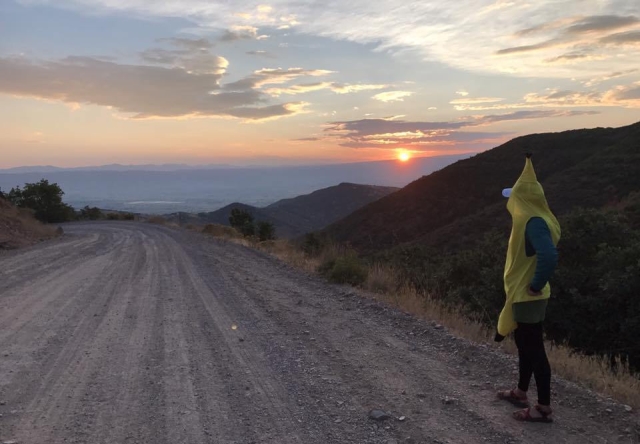
As we put the headlamps away I realized that I could see well again – the blurriness was gone – and I tentatively tried to run. Running was really hard but I managed a few painful yards and slowed to a walk again. Joe started taking selfies and smiling way too much.
I alternated running and walking, with Joe patiently matching my pace and occasionally running ahead to take a picture.

Gradually I was able to run longer and longer stretches between the walk breaks, and at some point we were running all the flat and downhill sections and even some of the uphills. My legs and lungs were slowly coming back to life!

We started to pass people again, after being passed by a whole bunch of runners during the long night. The last 10 miles I was running the downhills and flats at a 7-8 minute pace, even running some of the easier uphills, and feeling better than I had all night. It felt great to be running again, to be able to see clearly and move quickly, and pass people one after the other.
Joe and I got into a rhythm – I think he was surprised that I was able to run this well after seeing me struggle through the night, but we were both really happy to just be running again. It was painful, slow, and seemed like it would never end, but every step we ran brought us that much closer to the finish line, and running meant we would finish sooner; and so we ran.
The last 3 miles seemed to go on forever. The trail wound alongside a reservoir, fairly flat with gently rolling hills and the occasional short steeper section.
We passed more runners with their pacers, and I kept expecting to see the finish line every time we rounded a bend. Finally we left the reservoir and ran along a road for a while, and the park where the race ended came into view. Again I was grateful to have Joe as my pacer, as the markings were sparse and I might well have gotten lost on this last section without him.
We crossed the finish line at 9:09 am, after running for 28:09:20, for 37th place out of 313 starters and only 201 finishers.

A handshake and hearty congratulations from the race director had me pretty much in tears – emotions tend to well up when you have dug down that deep for that long.

The race has a 36 hour cutoff so the awards ceremony wasn’t until 5pm – thankfully Tom had met us at the finish line and he lent me a sleeping bag and pad so I was able to nap off and on, between trips to the bathroom and the food tables. Since the finish line is about an hour’s drive from town, and I didn’t have a car, and Chris and Kat were now out of town for their anniversary, I pretty much had to stay there till the awards ceremony or I probably would not have made it back. Thankfully there were showers there, so I was able to wash the grime off, which made a world of difference!
While waiting I chatted with a few runners I’d seen out on the course, their friends and families, etc. We all cheered other runners as they straggled across the finish line, looking progressively more beat as the day wore on. Finally 5pm came, the last finisher crossed the line, and we all collected our buckles and plaques and headed back to the city to resume our normal lives – a little tougher, and perhaps a little wiser for the experience. But without a doubt, we have all gained a deeper understanding of the official race slogan of the Wasatch 100:
“100 miles of Heaven and Hell”
But as they say, suffering is temporary, and achievements last forever – so maybe it’s just Purgatory after all…


Strava Link: https://www.strava.com/activities/1178571599
***Special thanks to the race organizers and ESPECIALLY ALL THE VOLUNTEERS who make this race happen and make it fun! The aid station volunteers were 150% amazing all day and all night long!!!!***












 It has been a while since my last post – it has been a busy spring and summer in our house. My wife’s son Nick recently started college at UC Berkeley – he is living in the dorms, so we are technically empty-nesters and it has gotten a bit quieter around here in the last few weeks. So I’m catching up a bit now that I have more free time.
It has been a while since my last post – it has been a busy spring and summer in our house. My wife’s son Nick recently started college at UC Berkeley – he is living in the dorms, so we are technically empty-nesters and it has gotten a bit quieter around here in the last few weeks. So I’m catching up a bit now that I have more free time.

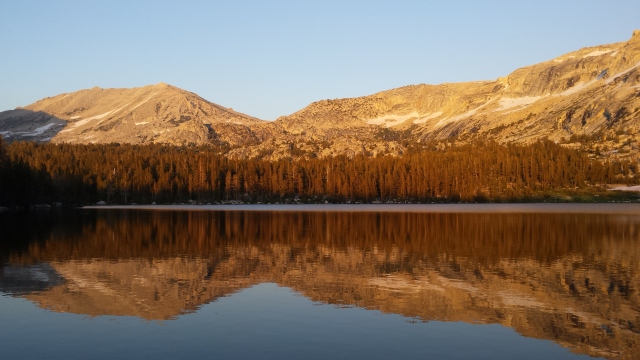







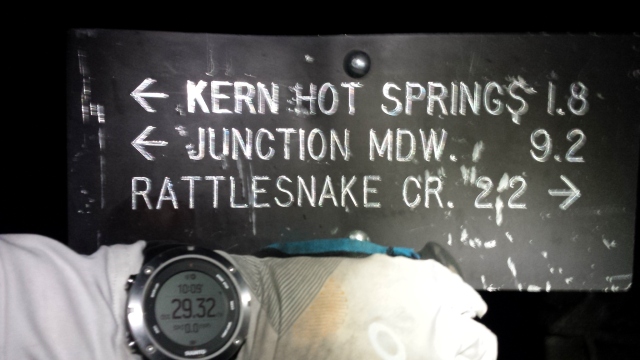






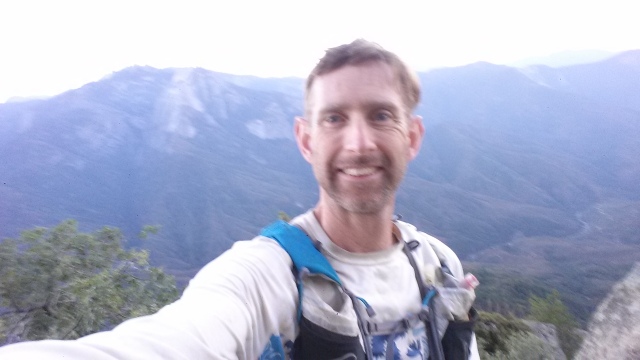





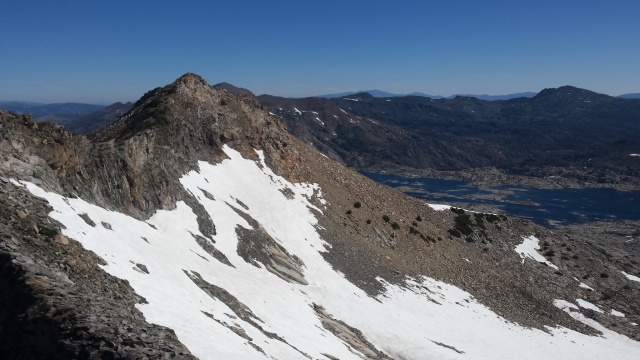


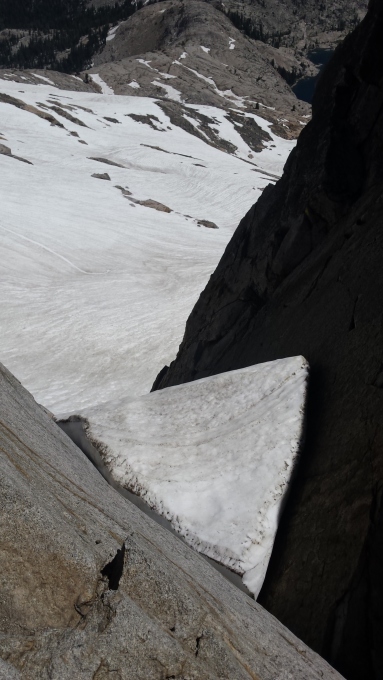








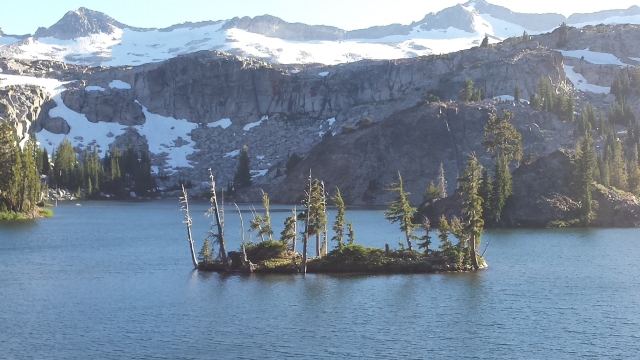


















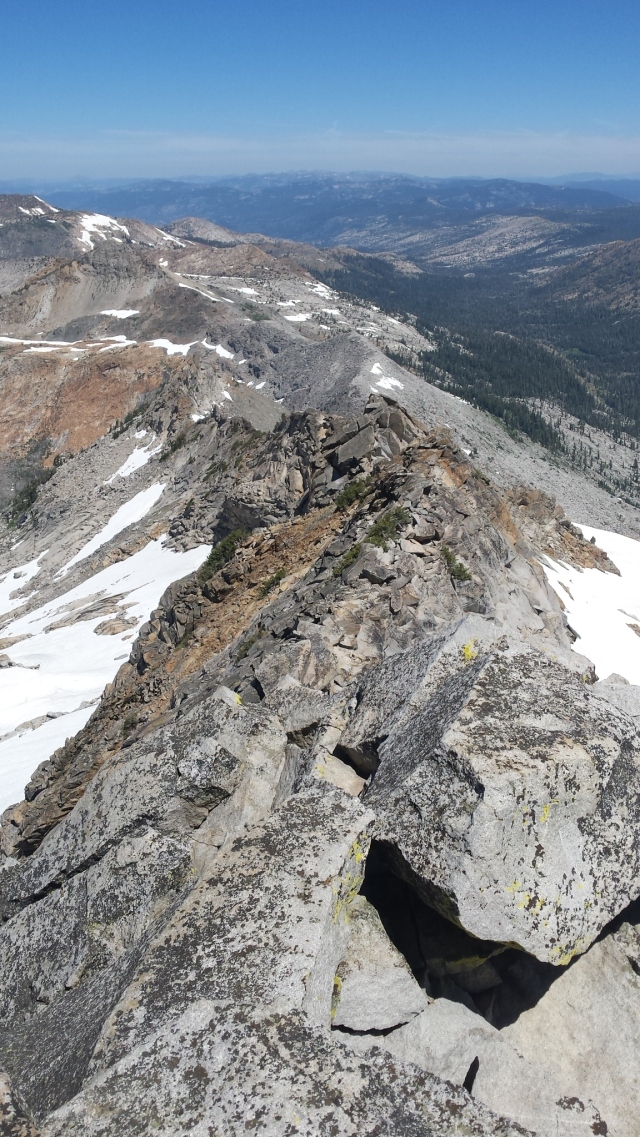



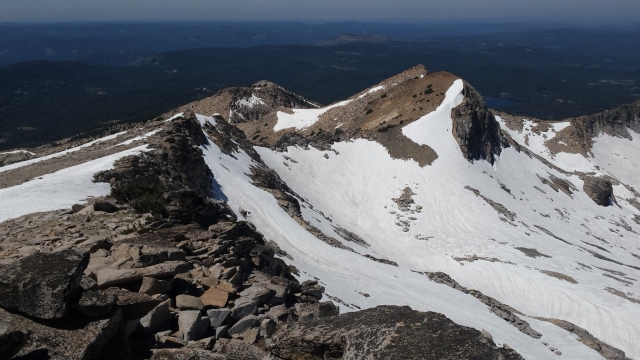

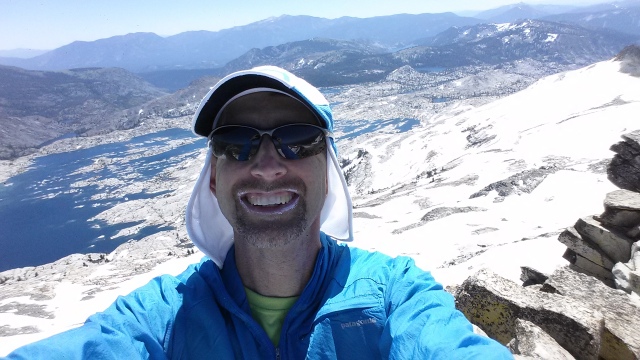


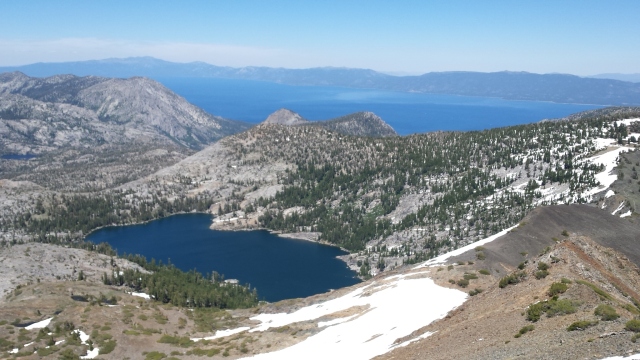


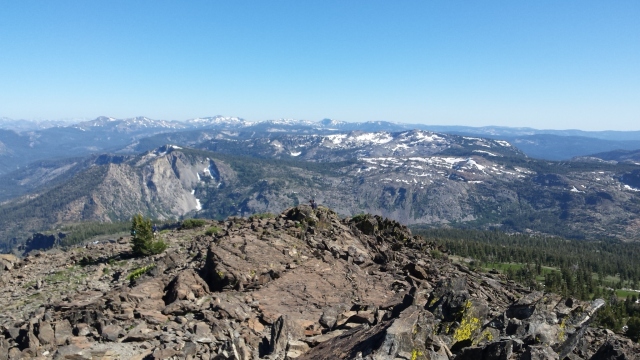






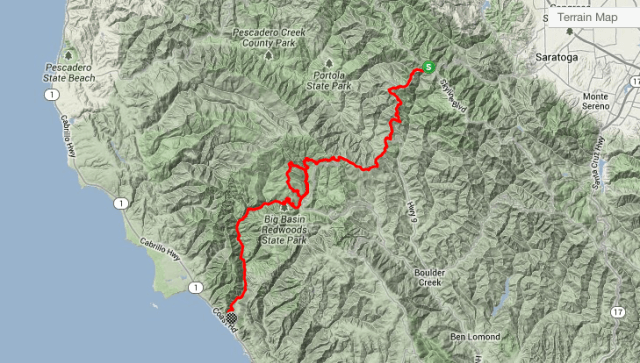



 The Miwok 100k is an iconic trail race in the Marin Headlands. For me, Marin is a great place to race – and of the few races I have done, half of them have been in Marin. I love running in the Marin Headlands for a few reasons: The trails are generally smooth and well graded, the views are amazing, it is generally cool with a nice sea breeze, the hills are large and plentiful, and the scenery varies dramatically from lush forest with ferns and moss to rugged sea cliffs and manzanita. The Miwok follows some of the same trails as the North Face 50 mile race that I did in December, but is 12 miles longer and has much more history and personality.
The Miwok 100k is an iconic trail race in the Marin Headlands. For me, Marin is a great place to race – and of the few races I have done, half of them have been in Marin. I love running in the Marin Headlands for a few reasons: The trails are generally smooth and well graded, the views are amazing, it is generally cool with a nice sea breeze, the hills are large and plentiful, and the scenery varies dramatically from lush forest with ferns and moss to rugged sea cliffs and manzanita. The Miwok follows some of the same trails as the North Face 50 mile race that I did in December, but is 12 miles longer and has much more history and personality.




 Our camera froze so no pictures survived, but it was pretty much just like this.
Our camera froze so no pictures survived, but it was pretty much just like this.







